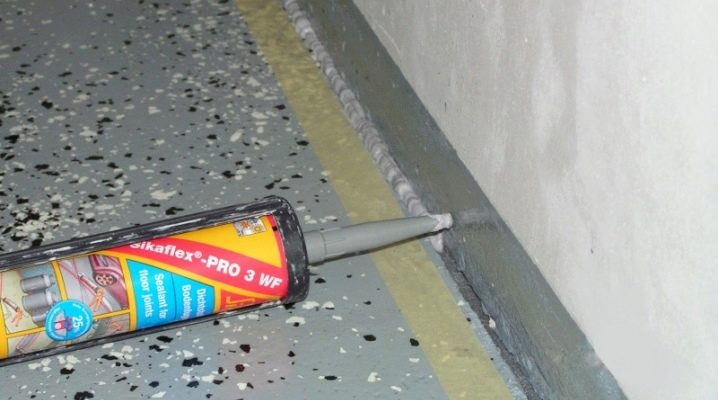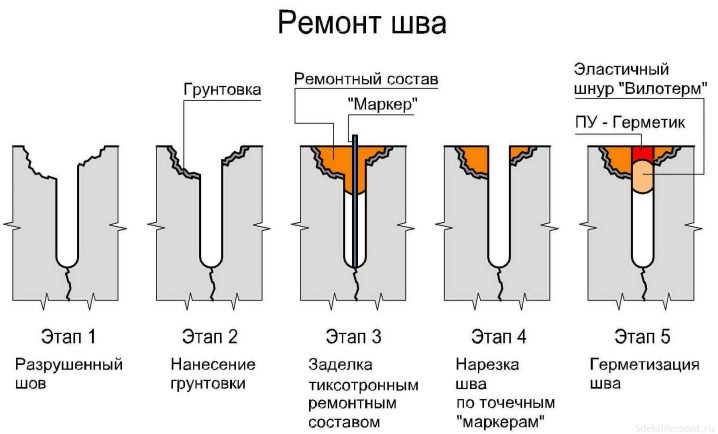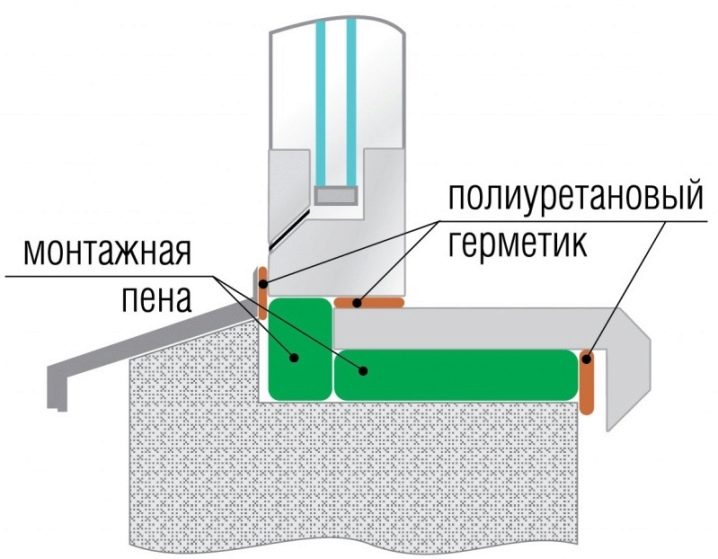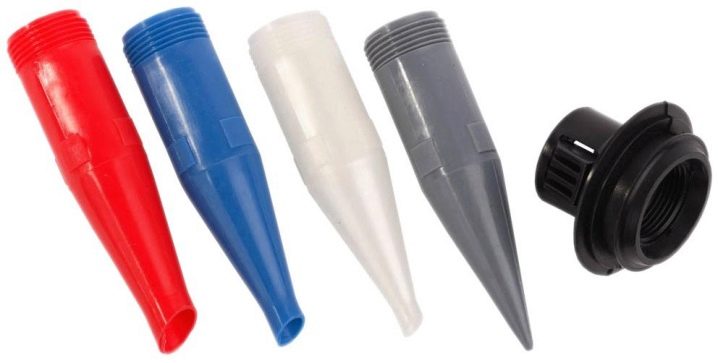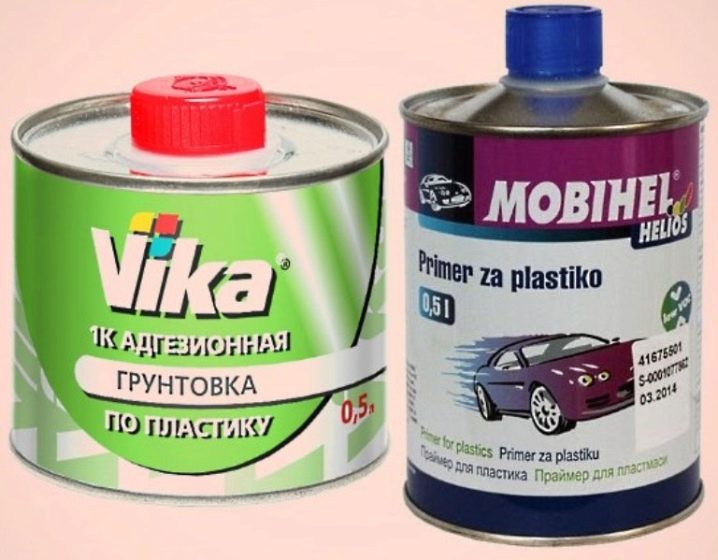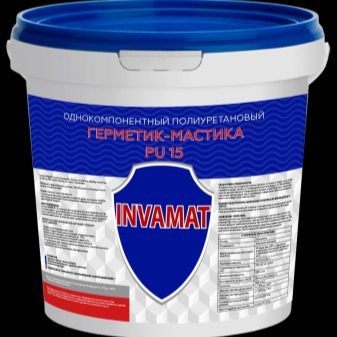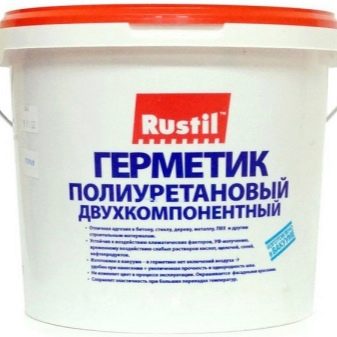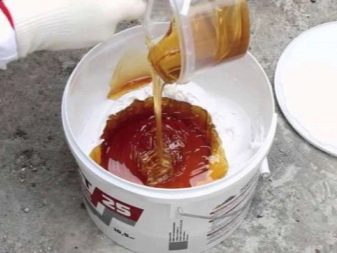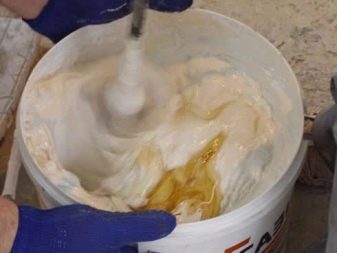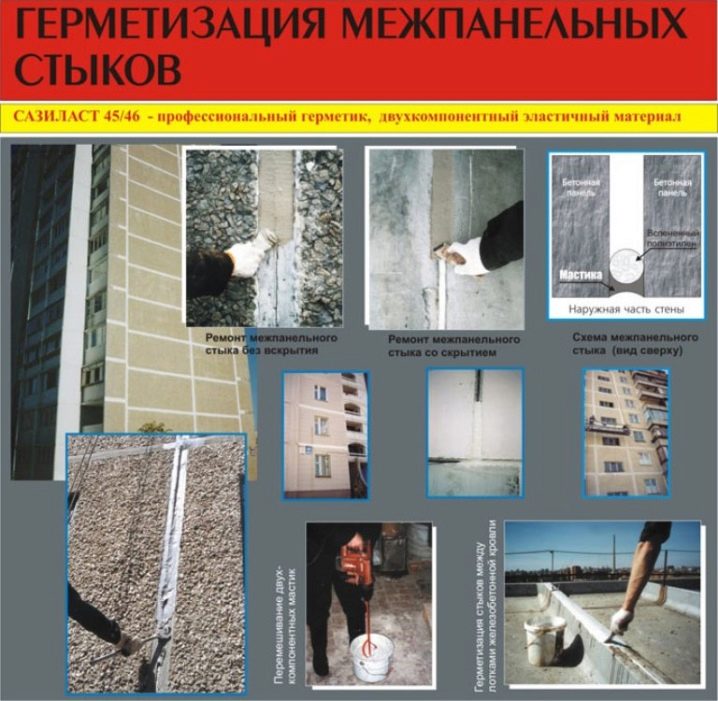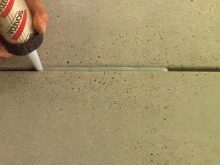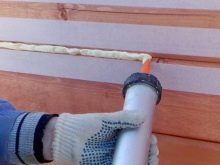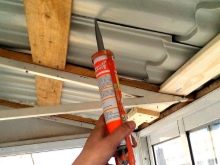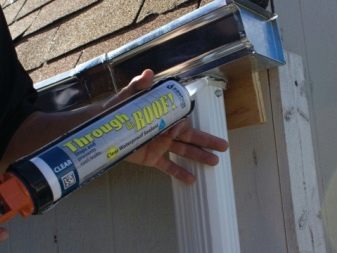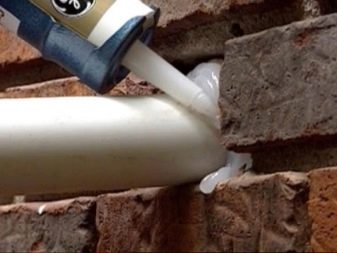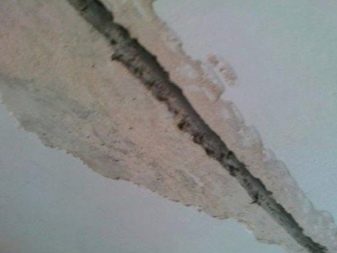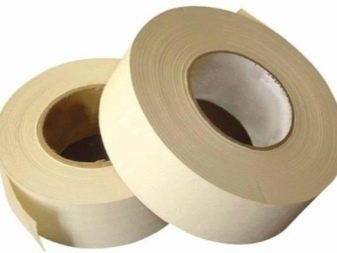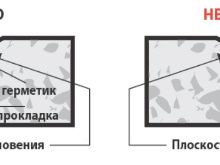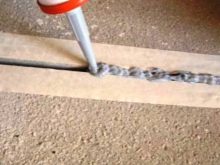Polyurethane sealants for exterior seams: properties and characteristics
Even the most careful calculations and adjustment can lead to gaps. As well as cracks and cracks appear at different periods of operation of the building. This can cause the environment to affect the indoor climate. The solution to such problems is finding a sealant with suitable properties. It is a polyurethane variety that has repeatedly proven its effectiveness in outdoor work.
Properties
The popularity of polyurethane sealant is understandable, as it has many advantages:
- plasticity - even after solidification, it can change: expand or contract when the fastened elements move;
- strength - despite the possibility of changing the form, in the frozen state provides a good degree of isolation from cold, water and other weather phenomena;
- durability - over time does not lose its properties;
- has a fairly wide scope - due to good adhesion with most building materials;
- does not shrink;
- dries quickly - saves time;
- ease of use - the consistency of medium density allows you to economically and accurately fill the gaps, without soiling, and not to suspend work even at sub-zero temperatures;
- ease of application thanks to existing fixtures;
- resistant to moisture, significant temperature extremes, ultraviolet radiation, chemicals;
- may be colorless - does not stand out - or colored.
The polyurethane sealant has its own characteristics of use.
- There are restrictions on the application. Coupling with some types of plastic will not be strong enough. It is applied with caution to wet building materials, if the material is able to retain water in itself. In both situations, the situation can be corrected by applying a suitable primer.
- There are temperature limitations. In the frozen state, it loses its properties at temperatures below -60 degrees and above +120 degrees Celsius.At temperatures below -10 degrees freezes.
- It should carefully select the brand of polyurethane sealant. For example, if an isolated joint is constantly exposed to an impact, you should give preference to a sealant with a high degree of hardness in a frozen form.
Kinds
The insulating composition may be different in density:
- Low density (15-25) - for general works: with wood, plastics, glass, concrete;
- Average (40) - for seams that are constantly in contact with moisture, as well as such hard materials as reinforced concrete;
- High (50-60) - it can handle metal roofing, as well as seams in mechanical engineering.
The composition of polyurethane sealants are divided into two types.
- Single component. Represent ready-made pasta. Hardening occurs naturally due to the interaction with the air, or rather, the moisture contained in it.
- Two-component. In the package there are two separate containers with the main substance and the additive, with the help of which the process of solidification begins.
The advantage of two-component is that they can be used in more severe conditions (at low temperatures) and do not depend on humidity.
The mixing process carries additional difficulties.
- The quality of the sealant depends on the proportions in which these two components are mixed.
- Kneading takes time.
- To obtain the correct mass uniform in consistency and color, it is necessary to expend efforts.
The speed and duration of mixing must be sufficient, otherwise the positive properties of the insulation and the compound will be partially lost. Therefore, it is better for beginners to choose a ready-made paste, the benefit is that in the field of application both types of sealants are almost the same.
Where do they apply?
Polyurethane sealant is safe, so it can be used indoors. Compared to other sealants, a frost-resistant and waterproof polyurethane look is most valuable as an insulation and joint of external seams.
Polyurethane based sealant can be used for:
- window designs and door frames, as it allows to keep heat inside the house and does not allow drafts and cold to enter from outside;
- facades of houses, bathhouses, arbors, because, in addition to isolation, it creates a fairly solid connection;
- roofing is difficult to imagine another such placewhich every minute was influenced by natural factors;
- pools, fountains - in this case, the sealant is used for waterproofing;
- metal products, including cars, because it is highly vibration resistant.
They can glue materials of different density and texture. That is, to combine ceramics and metal, plastic and concrete. Polyurethane material is especially valuable when processing materials that are prone to expansion or contraction (stone, wood).
To be clear, let's consider the use of roofing polyurethane sealant. In this case, the composition processes joints between the roofing material (even if it is overlapped), the perimeter of the fastenings of heating pipes, drains, openings for ventilation shafts, and so on. If we are talking about a facade, then most often longitudinal and transverse joints between block or tiled building materials, wooden bars and panels are processed and their subsequent repair is carried out.
Application Methods
The technique of applying sealant from polyurethane to the seam is quite simple.
- It is necessary to clean the groove and the surrounding surface from dust, dirt or old filler.At temperatures below zero, it is necessary to carefully remove ice and snow. To make the seam look neat, construction tape must be applied along the edges of the seam.
- If you doubt that the composition will fall well, try to put it on a similar material. Yes, and extra training in the application will not hurt, because such a sealant seizes very quickly. Correct the situation will be possible only by removing it and doing all the work again.
- The method of applying sealant depends on the width of the seam. You may need special harnesses or, as they are also called, gaskets, as well as insulating tape. Polyurethane foam or polyethylene will contribute to greater insulation. They are laid at the base of a deep and wide seam.
- On top with a spatula applied mass. You can use an ordinary spatula or a special narrow one. There may be several layers, if necessary, as long as each of them does not exceed 4-5 mm. The last layer is well aligned.
- Deep and narrow joints are filled with a construction gun. Depending on the scope of work, it can be mechanical, pneumatic or electric.
- After hardening, the seam can be painted over.
- Safety precautions when working with polyurethane sealant must have a respirator and protective gloves.
More information about the use of sealant for sealing various types of joints is described in the video.
